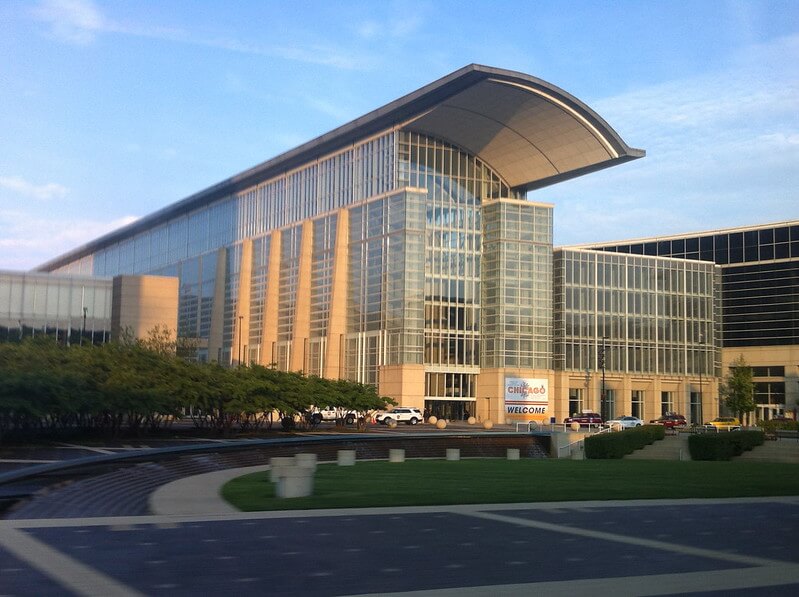Wendell Campbell’s influence can be seen throughout many cities in the United States, and his legacy lives on through the National Organization of Minority Architects (NOMA). This visionary had a quiet disposition, but also possessed a powerful drive to make a positive difference. Over the course of his respected career, he oversaw hundreds of design and planning projects.
Early Life

Born on April 27, 1927, Wendell Campbell grew up in East Chicago, Indiana, as the fourth of six children. He often assisted his contractor father with his job, allowing him to develop carpentry skills at a young age. In 1945, after graduating high school, he went to Japan during WWII to serve as a Master Sergeant of a unit that designed roads and bridges. He served for fourteen months, received an honorable discharge, and returned to the US to study architecture on the GI Bill at the Illinois Institute of Technology.
After graduating in 1957 with a BA in Architecture and City Planning, he couldn’t find work at an architecture firm because of the racial prejudice he encountered. Instead, he became an urban planner and worked on affordable housing projects for the Purdue-Calumet Development Foundation. In 1966, he launched his own firm, Wendell Campbell Associates.
Wendell Campbell’s Prominent Works
The McCormick Place Convention Center Expansion
In November 1960, the city of Chicago built the McCormick Place Convention Center. (See featured image.) The building, which was to be used for the nation’s trade show industry, was thought to be fireproof because it was made with steel and concrete. Sadly, this was not the case. On January 16, 1967, flames engulfed the structure, collapsing the roof and ultimately destroying the entire building. The convention center was rebuilt and reopened on January 3, 1971. Later, when the city decided to expand McCormick Place, Campbell’s firm was asked to lend a hand. Thanks to several more additions, McCormick Place is the largest convention center in North America, consisting of four interconnected buildings and the Arie Crown Theater.

The DuSable Museum of African American History
Founded in 1961, The DuSable Museum of African American History in Chicago is the nation’s oldest independent African American museum. According to the museum’s website, “Its purpose was to educate the public about Black history, culture, and art.” Today, it also hosts lectures, exhibitions, and workshops “to highlight works by particular artists, historical events or collections on loan from individuals or institutions.” Campbell’s firm did the initial remodeling of and later addition to the building.

The Chicago Military Academy
In 1999, Campbell’s firm worked on the exterior and interior remodeling of the Chicago Military Academy in Bronzeville. This 4-year public high school is located in the Eighth Regiment Armory, a historic landmark which was built in 1915 as a shelter for the all-black 9th Infantry Battalion. The National Trust for Historic Preservation has recognized the restoration and conversion of the Armory.
Later Years
Campbell was passionate about helping minority architects gain more work in the public and private sectors. In doing so, he diversified the industry. In 1971, he was a co-founder and the first president of the National Organization of Minority Architects (NOMA). He received the prestigious Whitney Young Medal of Honor by the American Institute of Architects (AIA) in 1972 and became a fellow of the AIA in 1979. He passed away peacefully on July 9, 2008.
More of Wendell Campbell’s Projects

- Metcalf Federal Building
- Redevelopment plans for cities such as New Orleans, Las Vegas, Detroit, Chicago, Gary, and Milwaukee
- Residential plans for U.S. embassies in Saudi Arabia and Gabon
- Restoration of the Michigan Avenue Draw Bridge (see image above)
- Trinity United Church
Check out our stories on other notable architects, such as Norma Sklarek and Francis Gassner.
And of course, don’t forget to follow us on Instagram, Facebook and Pinterest for more Mid Century Modern inspiration!












